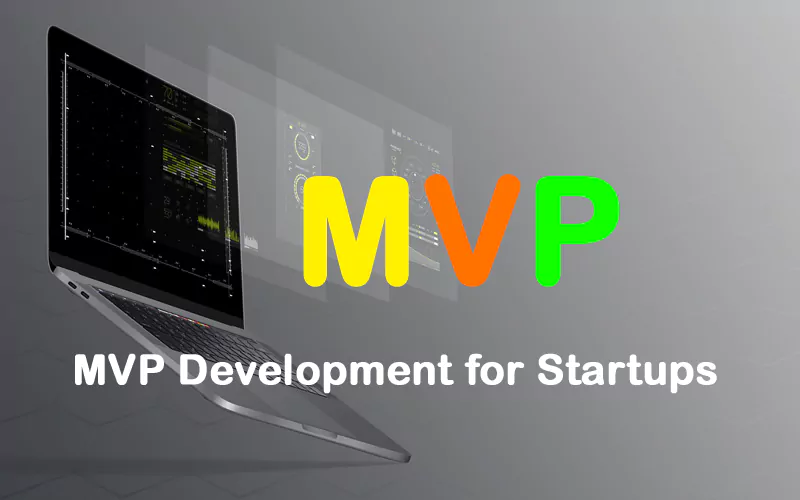Web developers and major brands such as Instagram, Netflix, and Google increasingly use Python. They also use the best Python frameworks for application (and websites) development: just take a look at the Django website examples.
Python is incredibly popular nowadays: this craze is due to its wide range of full-stack and non-full-stack frameworks that are synonymous with money-saving. It also makes it possible to put the product on the market in record time.
What is a framework?
In computer language, the term refers to an Internet development environment or a software infrastructure. It refers to tools combined with programming languages that simplify the web developer’s work.
The developers manage to do well by using these ready-to-use architectures. They free them from time-consuming tasks by offering them their automation. They can then focus on the logic of the application and its structure. For good choose your framework, it is important to question the intended use. You must also take into account the complexity and size of your project:
- For a simple application with a small size, a microframework will do. The latter does not have the same features as a complete framework. It only provides all the essential components for creating an application.
- On the other hand, if you have a large-scale project rich in features and queries, the full version is a wise choice. Python offers many frameworks of this type. Like the PHP-based frameworks, these solutions are equipped with libraries configured to interact in a consistent and transparent way. They take care of the development of the front interface, back services, and databases. This allows the web developer to create an application.
What are the different frameworks?
Here are the best Python frameworks according to the users:
Django
This open-source version is completely free. Thanks to the Django framework, we can quickly develop even the most complex projects. This high-level framework provides you with all the necessary features by default integrated into its library. Django is characterized by its many features, the best known of which are URL routing, system authentication, model engine, object-oriented database, and database schema migration.
Scalable tool par excellence thanks to its features, it has a lot of good surprises in store for you. Versatile and easy to handle, its ORM (Object Relational Mapper) is used to map objects to database tables. This identical code can also be transferred from one database to another. Django most often works with Oracle, MySQL, PostgreSQL, and SQLite.
Flask
It is a framework available under the BSD license and was created in 2010. In the absence of Django, this default choice is to be preferred.
Flask seduces, in particular, with its modularity and lightness, making it easy to handle all projects. Developers are fond of it because of its characteristics, such as its compliance with the WSGI 1.0 standard, Unicode base, sending the RESTful request, and processing of HTTP requests. In addition, if you come across obsolete Flask extensions, go to Google and look for another newer plug-in with the same features.
So, Django or Flask? These two frameworks are popular with Python developers but have some differences.
Dash
Dash was created in 2017 by Plotly Inc. The open-source software opens via PIP and an MIT license without limitation. With its dynamic library, Dash makes it easy for you to create analytical computer applications. This solution is intended for Data Scientists who have not yet become familiar with web development.
This low code tool also allows you to create authentic and original dashboards in the browser and Machine Learning applications. A corporate edition is accessible for those who want to use functions such as CI/CD, authentication, and technical support. Dash and Flask are complementary, but the first version is much more complete.
Streamlit
With Streamlit, data scripts are converted into applications in a few minutes. Knowledge related to creative front-end frameworks is not required. This solution is essential if you want to have an elegant and simple user interface. Its Machine Learning model integrated into a design package offers the general public a visual in the form of an app.
Its community brings together engineers, Data scientists from all over the world. So, you get help quickly when you face an unforeseen event or problem or want the latest feature. Its most renowned assets include the rapid deployment of scripts running from top to bottom and their support. The code, open, can be factored with function calls.
TurboGears
This tool relies on software and libraries in large numbers. Its first vocation is to bring together the best components of other Python languages. With TurboGears, the development of extensible apps is done in an accelerated way. These are based on data provided by an intuitive and ergonomic modeling engine. Its flexible and efficient ORM is also of great help. Thanks to TurboGears, designers’ daily life is easier because it takes care of aggregates with ease. The specific characteristics of this tool are:
- its MVC-type structure;
- the support of a large database;
- Genshi and Kid (included in favorite reference languages);
- validation with FormEncode;
- support for SOLAlchemy and SOLObject;
- the PasteScript template;
- Library JavaScript MochiKit;
- command line tools and more.
The community is constantly moving to improve the framework’s performance and stability.
Conclusion
All in all, frameworks are powerful tools that can help you cope with diverse challenges. But choosing the right option may be pretty challenging, especially if you have little experience. We strongly recommend contacting a professional team: guys will help you to choose the right solutions during the project discovery phase. Good luck!

